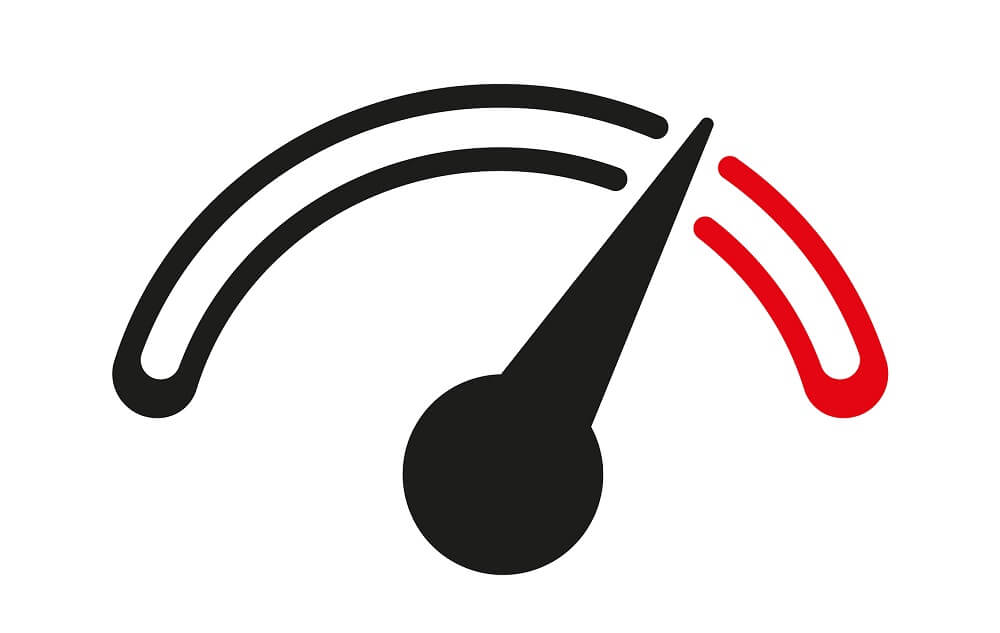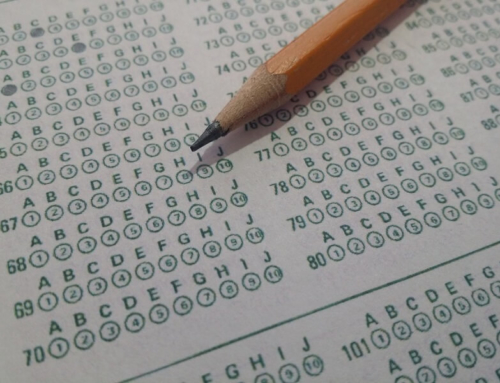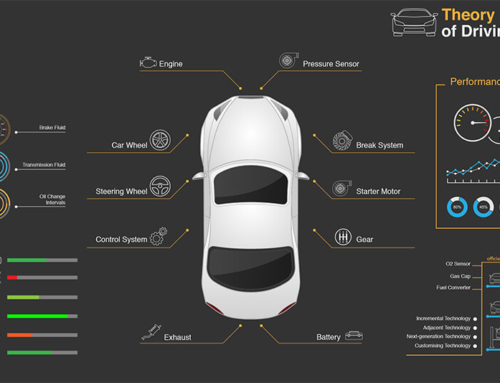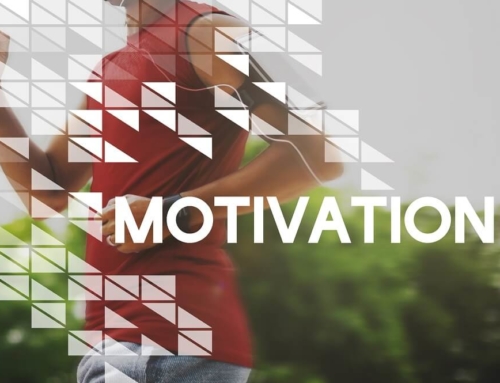“Believe it or not, the key to faster and more efficient reading is to try and read less text?!”
When gathering information for a college essay, university dissertation or work report, the ability to quickly move through and comprehend large amounts of text is a MUST. Unfortunately, this is not a skill that often comes naturally to the dyslexic reader. As with most of the hurdles that dyslexia throws in our path, there are some tips and techniques that can greatly improve our ability.
If you need any assistance when reading this post please note Browsealoud is installed on this site. Click the headphone logo in the top left corner of the screen to launch the assistive toolbar.
Believe it or not, the key to faster and more efficient reading is to try and read less text?! Common thinking is that reading slowly and purposefully is the best way to comprehend a document. This maybe the case when reading a novel for pleasure, but when reading for information and comprehension, dyslexia experts suggest being able to read quickly is important to comprehension. Unless a person can read at a good rate they cannot keep the content in memory long enough to comprehend it.

The reading speed of many dyslexic students falls below the 200 -250 word per minute average. You can test your reading speed by reading a piece of unfamiliar text for a minute and counting the number of words you managed to get through in that time. I came in at about 149 words per minute.
A slow reading speed not only effects the amount you can read, but also stifles comprehension. When reading or scanning text, your eyes perform two functions that affect your speed and comprehension. Jumps (saccades) when your eyes move from one word to another and fixations (pauses) where your eyes rest on a word and process information. Poor readers make frequent jumps and longer fixations while fast readers make fewer jumps and shorter fixations i.e. faster readers tend to take in groups of words in each fixation, before jumping to the next cluster. Meaning they are not reading word by word but group by group.
If this sounds like you, here are some tips to help you master the jump and fixation habits of fast readers:
- Use your peripheral vision: You can actually take in groups of up to 7 words at a time while still grasping the gist of a sentence. Try to move your eyes forward quickly and consciously force yourself to skim words in clusters.
- Trust your knowledge of words and context: Poor readers often back-skip because they have not understood or have missed a word. Back-skipping means more fixations and wasted time. If you make a conscious effort to keep your eyes moving forward, context and work knowledge should make up for, ‘missing words’
- Run a pencil or a stylus along the text: Your eyes will move more smoothly if they are guided by a slim implement like a stylus, pencil or any slim object you have handy. Running your finger along the page can also help, but this isn’t ideal as your hand tends to block your peripheral vision.
- Suppress your inner voice: Sub-vocalisation (reading in your head) is a necessary part of the reading process, however being too aware of that voice can mean it acts like a pacemaker and dictates your reading speed. Try to push your inner voice into your subconscious so it still aids comprehension but allows you to read more freely.
As well as these techniques, using a robust reading strategy (SQ3R for instance) that helps you focus on the kind of information you’re looking for, can make your reading more focused and efficient. Also factors like environment can play a part in your ability to concentrate. Pay attention to the noise around you, distractions, the device you are reading on and your comfort levels. These can all have an effect on your ability to focus on a text. For instance, I have an armchair in a quiet corner of my room which I use for reading. I also find when reading newspaper and magazine articles I have a much easier time using my iPad.

Whatever you find works for you, the key to using these techniques is trial and error and persistence. At first some of these techniques may seem counterintuitive, but stick with them and it’s likely you’ll see some real improvements.
One other thing it’s important to note is that slow and laboured reading can also be cause by visual stress (Irlen Syndrome). Readers with visual stress, experience letters and words seemingly moving around the page. If this sounds like you, it something you should look into as there are some simple fixes that can dramatically improve your reading.
This post was based on information found in, ‘Study Skills for Students with Dyslexia’ published by SAGE Publishing. If you would like to win a copy of this book, share this post on twitter or join our mailing list here with the words, ‘study skill book comp’ in the comments. Alternatively, you can buy a copy of the book here: Study Skills for Students with Dyslexia (SAGE Study Skills Series)
If you like this post subscribe to this blog, join our newsletter or follow us on Facebook or Twitter to keep up to date with new content. You might also like our podcasts.









